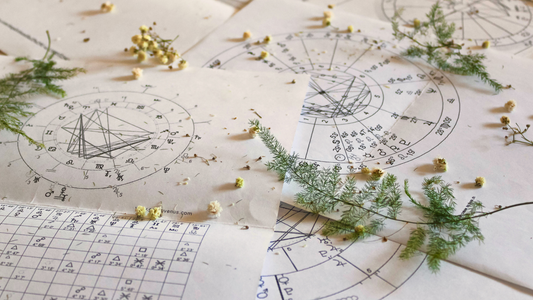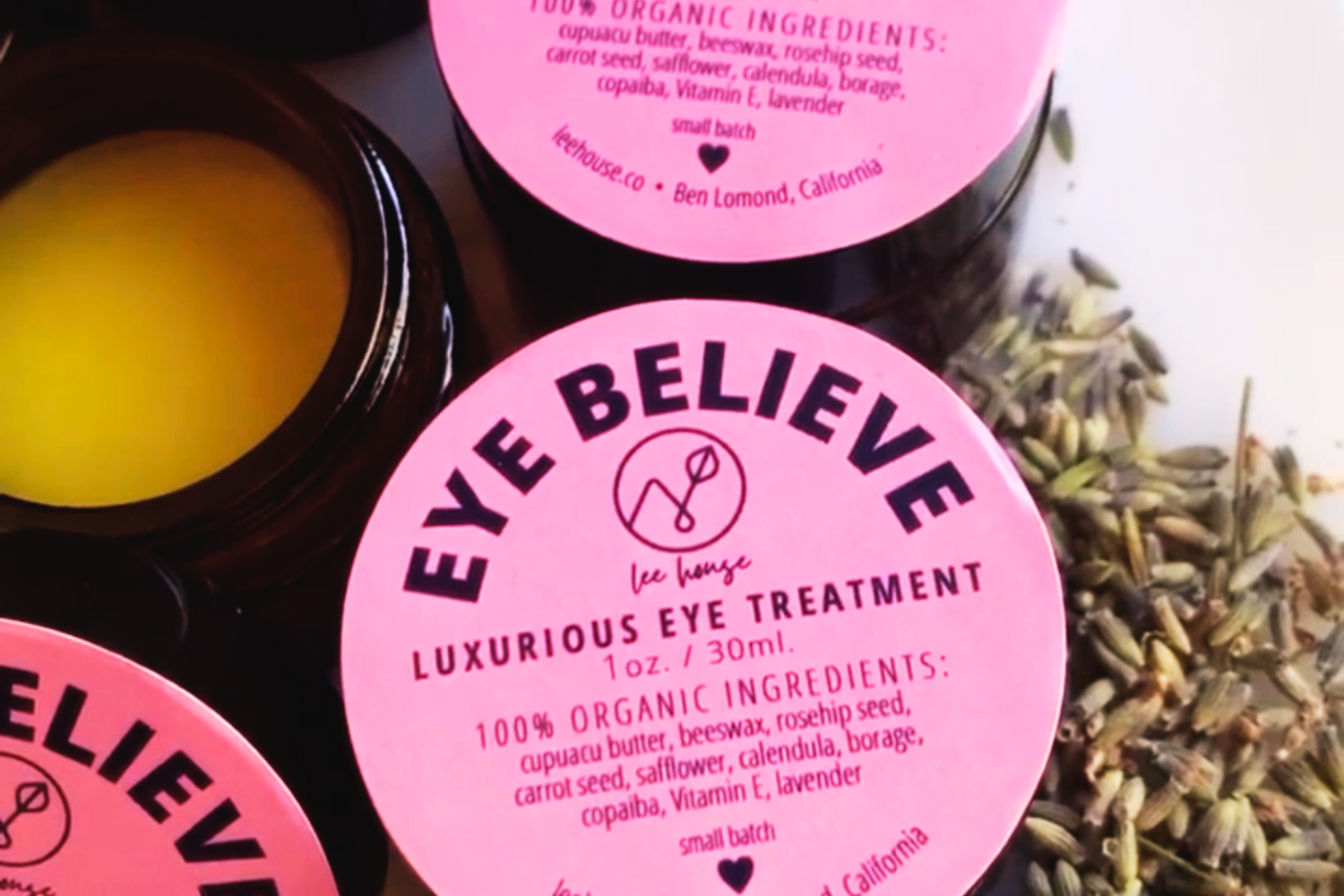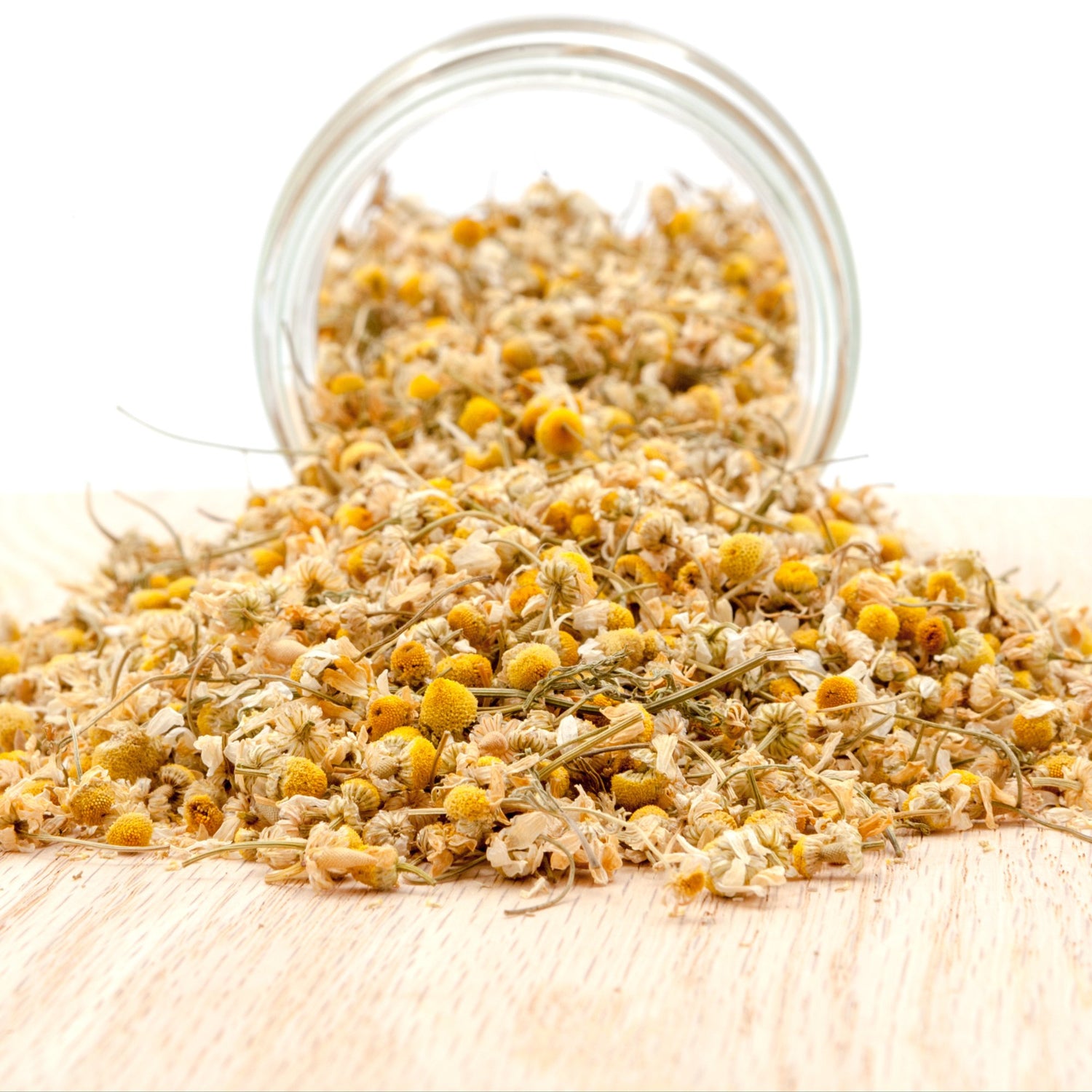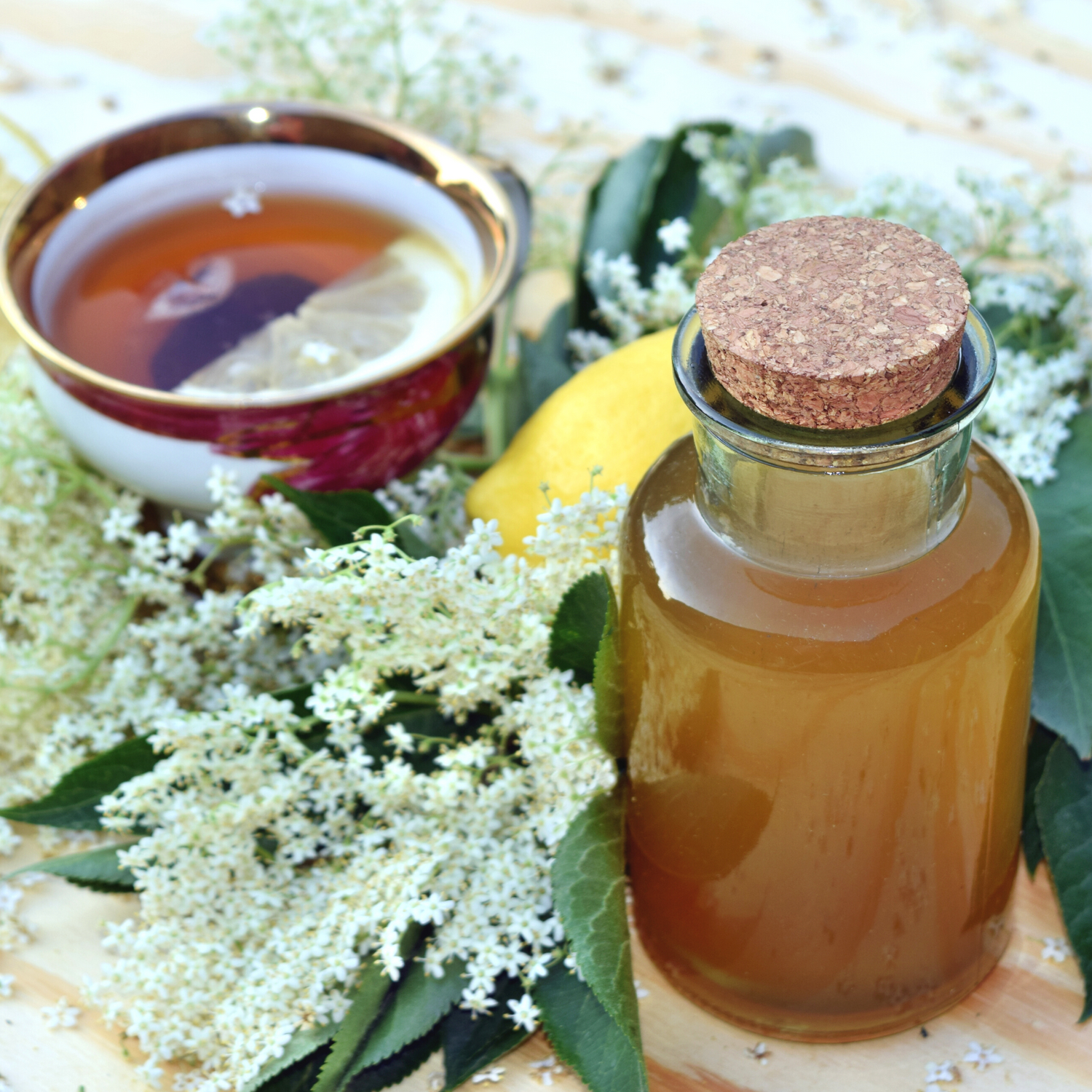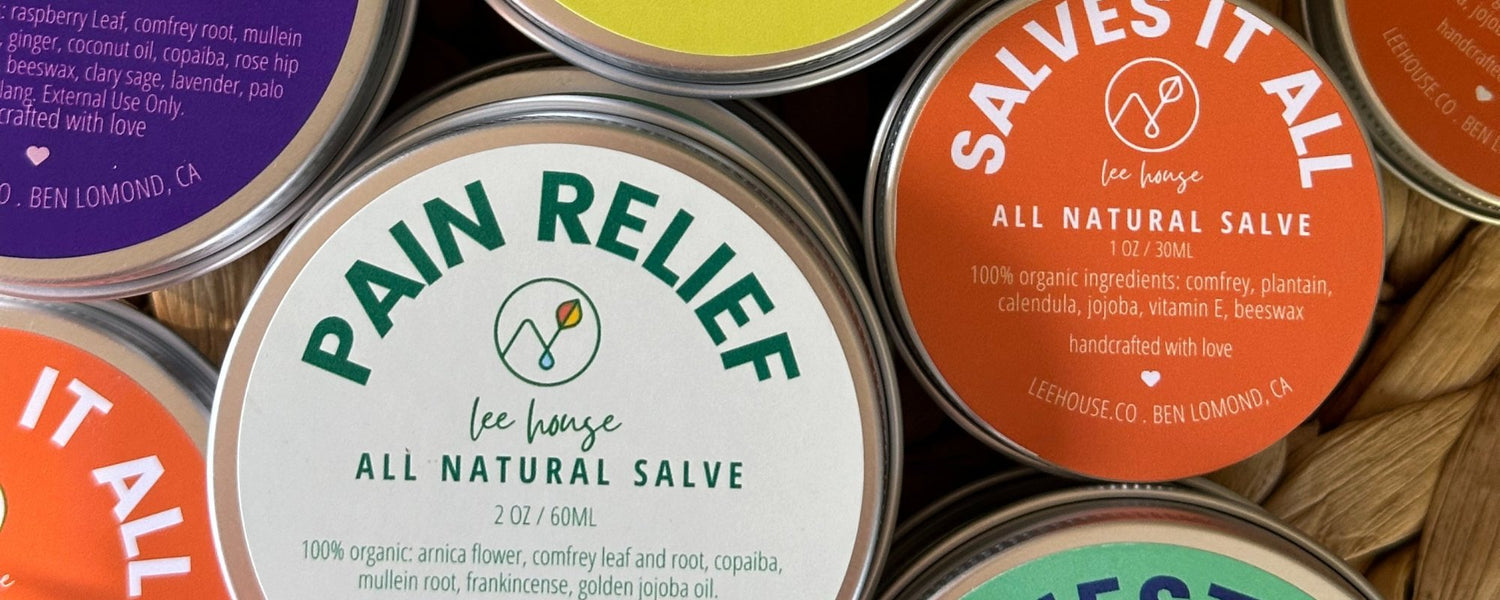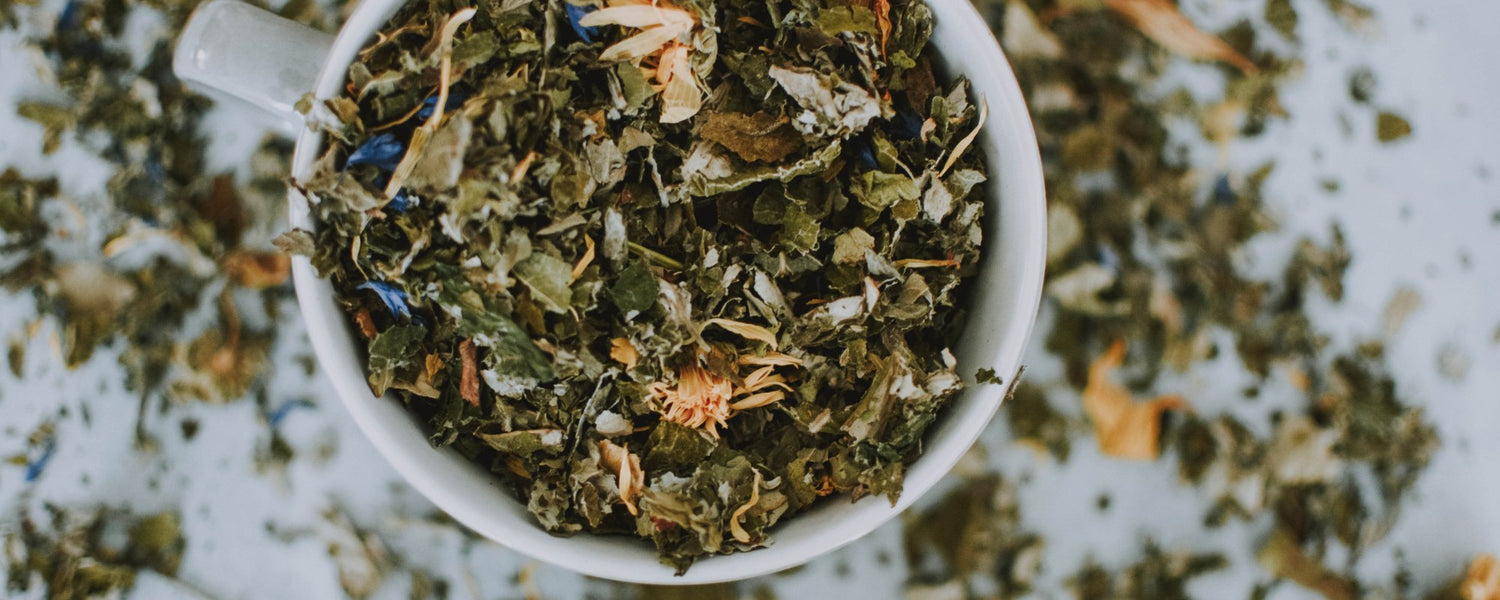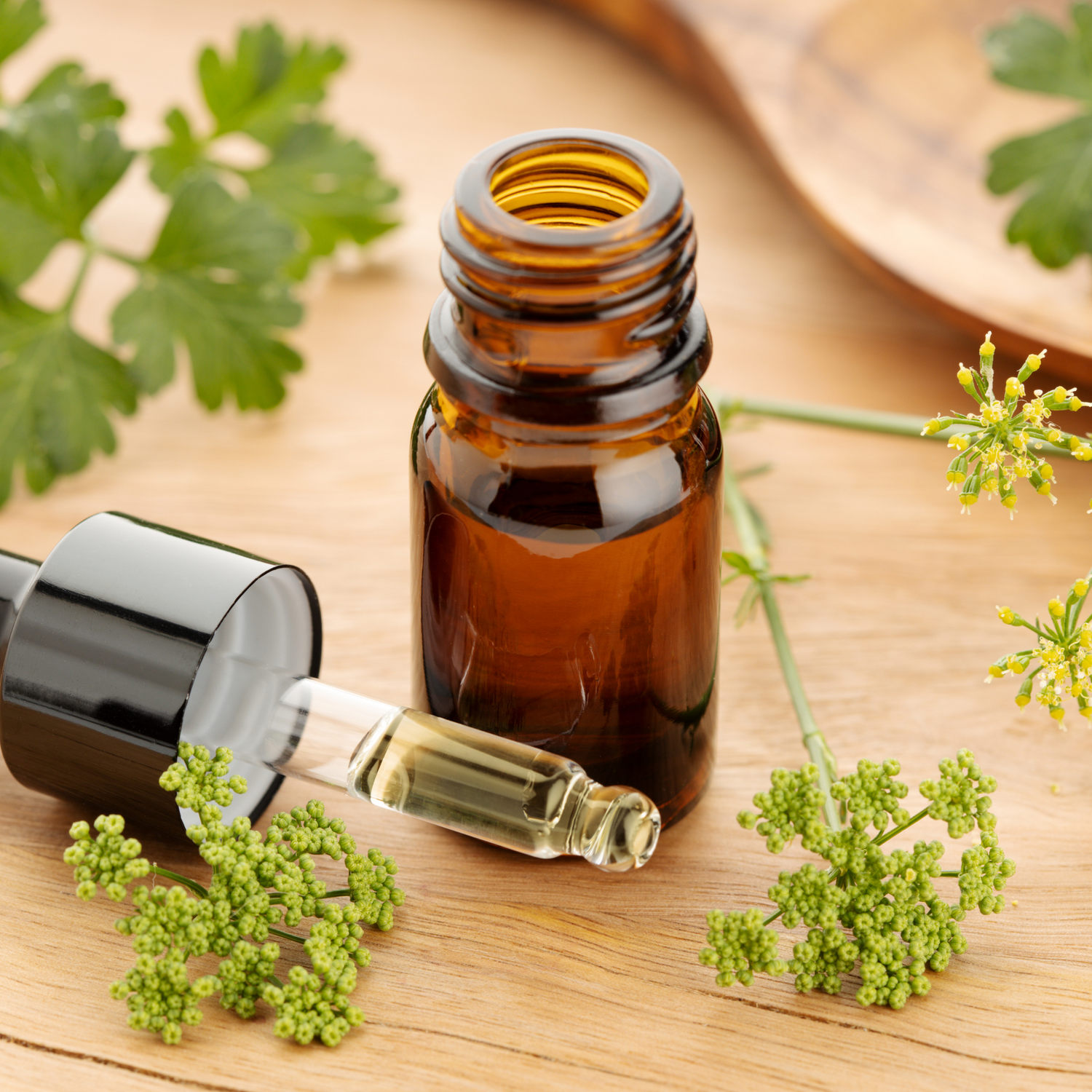
Jiaogulan (Gynostemma Pentaphyllum): How to Grow, Care for, and Use Immortality Herb
Share
Jiaogulan, also known as Gynostemma Pentaphyllum, is a herbaceous vine native to the southern regions of China. This versatile plant is often referred to as the "immortality herb" due to its wide range of health benefits, which include improving heart health, reducing inflammation, and boosting the immune system. In addition to its medicinal properties, Jiaogulan is also an excellent ornamental plant that can add a touch of greenery to any garden or indoor space. If you're interested in growing and caring for Jiaogulan, this article will provide you with all the information you need to get started.
Some Facts about Jiaogulan
- USDA Growing Zone: 8-11
- Soil pH: 5.5-6.5 (slightly acidic)
- Sunlight: Partial shade
- Tolerant of Light Frost: Yes, but can be damaged by hard frost
- Soil Requirements: Rich, well-drained soil
- Spacing: 12-18 inches apart
- Mature height: 6-8 feet
- Propagation: cuttings
Growing Jiaogulan
-
Choose the right location: Jiaogulan prefers a warm and humid environment. Direct sunlight can damage the leaves and hinder the growth of the plant. It is best to plant it in a spot that receives partial shade.
We are in USDA Zone 9 and grow our Jiogulan where it receives ample afternoon shade during our hot summers but is protected a bit from the occasional winter freeze by a nearby fence. In our zone, it dies back in the winter and returns robustly each spring. We also grow potted Jiaogulan in our greenhouse where it is harvestable year-round.
Jiogulan is also suitable for indoor growing. It prefers bright sunny windows and frequent misting. In addition to our outdoor patch of this Immortality Herb, we also grow jiaogulan in pots in our greenhouse, where we can better control it's environment. In the winter, we place the pots on seedling heat mats and use grow lights to keep it lush and healthy. -
Soil preparation: The soil should be rich, well-drained, and slightly acidic (pH between 5.5 and 6.5). Mix in some compost or organic fertilizer to improve soil quality and provide nutrients to the plant.
-
Propogation: Jiaogulan is notoriously difficult to start from seed. We recommend propagtion via cutting. The cut vines will easily root in water, then transplant into new soil after roots form.
-
Watering: Jiaogulan needs regular watering to grow well. Keep the soil moist, but not waterlogged. Water the plant deeply once or twice a week, depending on the weather conditions.
-
Fertilization: Immortality herb plants generally require no fertilizer other than compost or manure when grown outdoors. Spread a layer of compost or well-aged manure around the plant to keep the roots cool and moist. Protect from slugs and snails with diatomaceous earth. For indoor or potted plants, fertilize monthly with a balanced, organic fertilizer.
Caring for Jiaogulan
-
Pruning: Jiaogulan can become invasive if left unpruned. Trim the plant regularly to keep it in shape and prevent it from spreading too much.
- Training: Provide a trellis or other supportive structure for this plant. Immortality herb attaches itself to supports by means of curly tendrils. Jiaogulan makes an excellent hanging plant and can be quite beautiful with it's draping, lush vines.
-
Pests and diseases: Jiaogulan is relatively resistant to pests and diseases. However, keep an eye out for common garden pests such as aphids, mealybugs, and spider mites. Use insecticidal soap or neem oil to control infestations. Protect from slugs and snails with diatomaceous earth.
-
Harvesting: Jiaogulan leaves can be harvested once the plant reaches maturity. Pick the leaves in the morning when they are dry, and store them in a dry and cool place.
-
Winter care: Jiaogulan is a perennial plant that can survive mild winters. However, if you live in a colder climate, it is best to bring the plant indoors or cover it with a frost blanket to protect it from freezing temperatures.
Jiaogulan Benefits
As we mentioned, Jiaogulan is known for its numerous health benefits, which include:
-
Boosting the immune system: Jiaogulan contains polysaccharides and saponins, which can stimulate the immune system and help fight off infections.
-
Improving heart health: Jiaogulan can help reduce cholesterol levels, lower blood pressure, and improve blood circulation, which can help prevent heart disease.
-
Reducing inflammation: Jiaogulan has anti-inflammatory properties that can help reduce inflammation in the body, which is linked to a wide range of health problems.
-
Regulating blood sugar levels: Jiaogulan can help regulate blood sugar levels, making it a useful herb for people with diabetes.
-
Supporting liver health: Jiaogulan has been shown to protect the liver from damage caused by toxins and other harmful substances.
Jiaogulan can be taken in a variety of ways, including:
-
Drinking as tea: Jiaogulan leaves can be brewed into a tea that is rich in antioxidants and other beneficial compounds. Simply steep a few leaves in hot water for a few minutes and enjoy.
-
Taking as a supplement: Jiaogulan supplements are available in capsule or powder form and can be taken to support overall health.
-
Adding to recipes: Jiaogulan leaves can be used in cooking and baking to add a slightly sweet and bitter flavor to dishes.
It is important to note that while Jiaogulan is generally considered safe, it can interact with certain medications and may not be suitable for everyone. Always consult with a healthcare provider before using any new herb or supplement.
Jiaogulan is an easy-to-grow plant that requires minimal care and provides a host of health benefits. Follow the tips outlined in this guide to grow and care for Jiaogulan, and you will have a healthy and thriving plant in no time.
Enjoy!
With love from LeeHouse,
~Leslie & Darren


